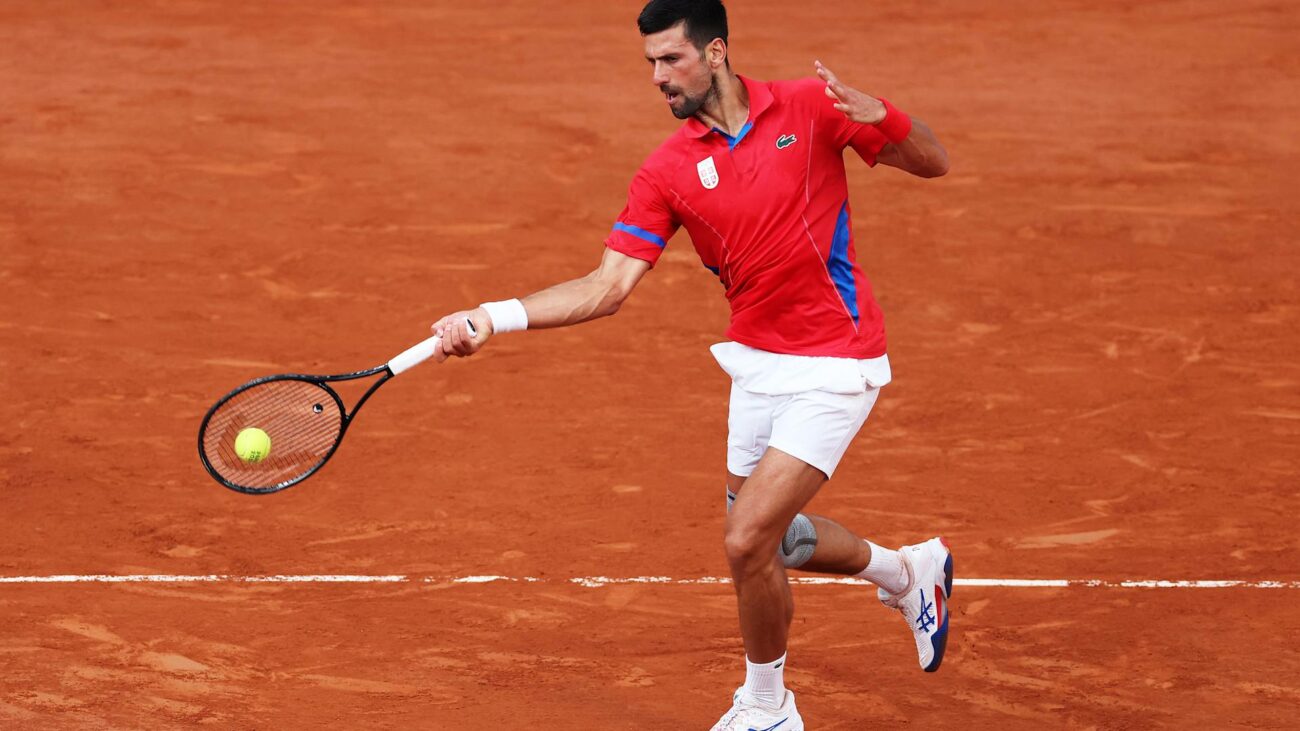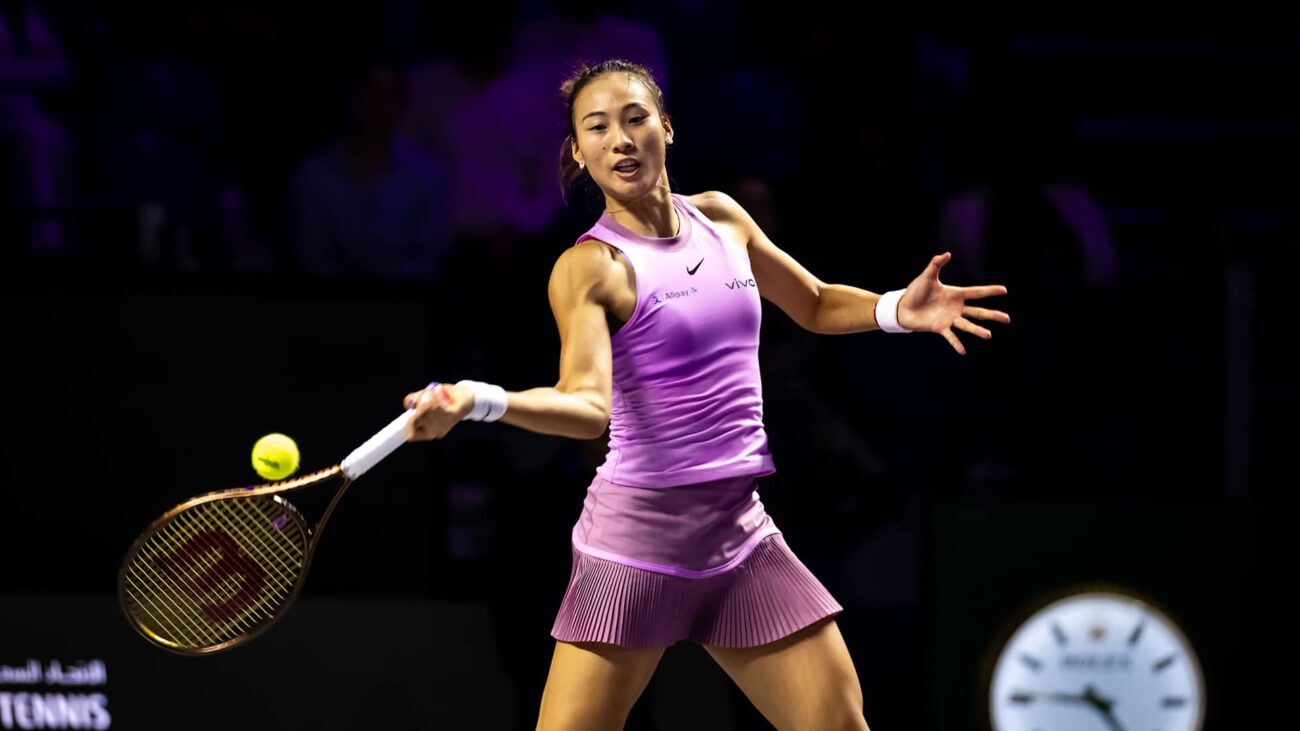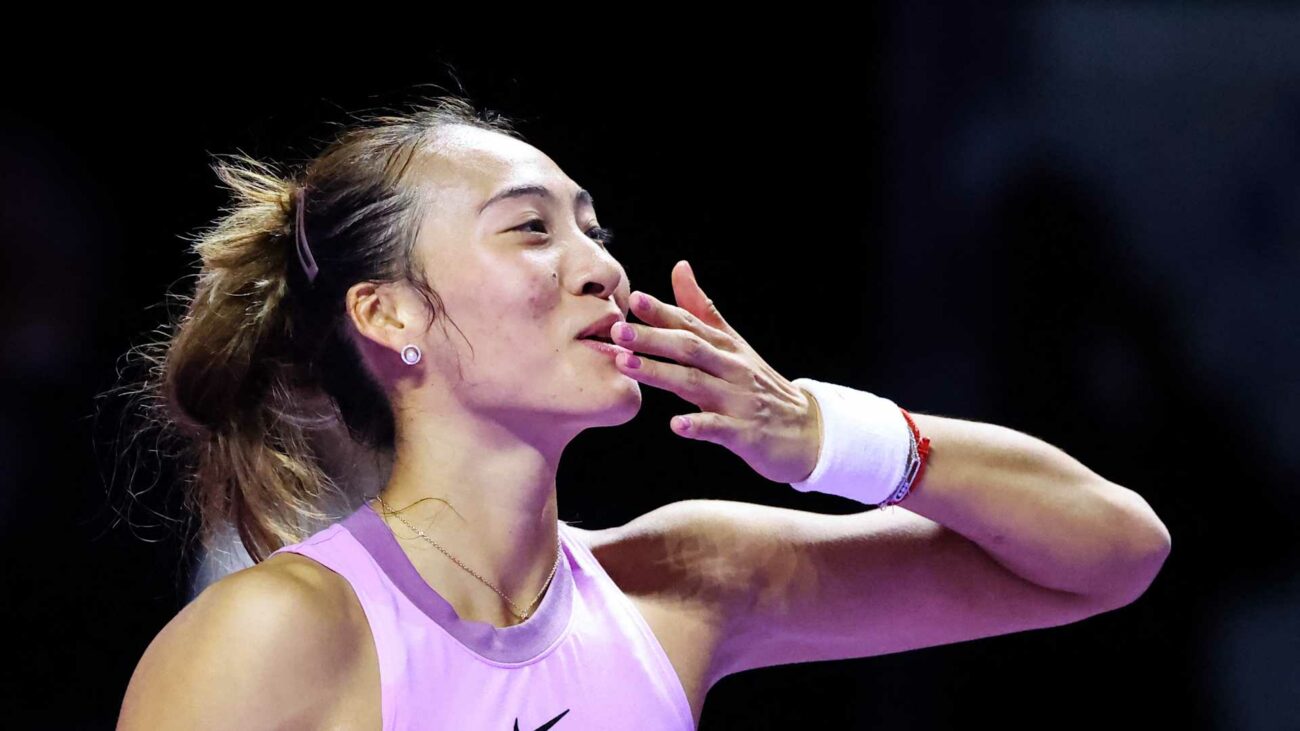Topspin: Unlocking the Secret of Controlled Groundstrokes
Topspin, a fundamental technique in tennis, is often attributed to wrist movement. However, this is a misconception that can lead to injuries and hinder performance. The true key to topspin lies in the forearm’s pronation and supination.
As the player swings, the forearm rotates from a downward-facing position (pronation) to an upward-facing position (supination). This motion creates a “C” shape that imparts topspin on the ball. The trajectory of the forearm determines the type of spin, arch, and pace of the shot.
The legs and core play a crucial role in providing stability and power to the swing. The flexibility of the wrist supports the forearm’s movement, while its firmness on the racquet ensures proper impact.
Relying solely on wrist movement for topspin can lead to wrist strain, tennis elbow, and other injuries. Preteen players may initially use their wrists due to flexibility, but as they progress to faster and heavier paces, they must transition to a forearm-controlled swing.
To execute a proper topspin groundstroke, focus on the following:
* Pronate the forearm as you swing back.
* Supinate the forearm as you swing forward.
* Keep the wrist firm and flexible.
* Engage the legs and core for stability and power.
By understanding the role of the forearm in topspin, players can improve their control, accuracy, and longevity in the sport.






